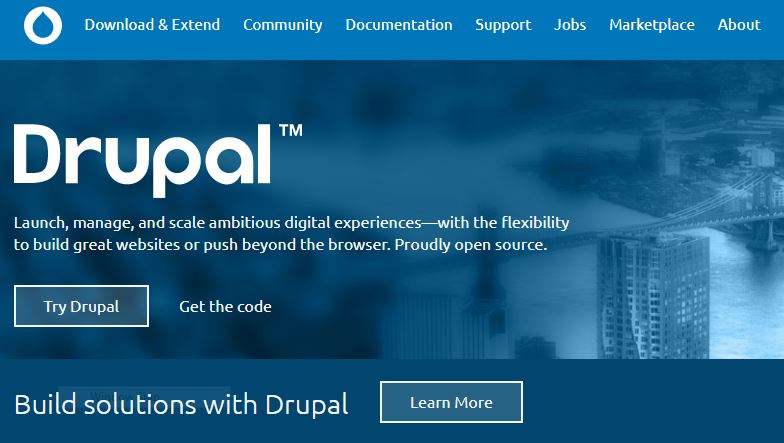
Drupal is a great CMS for those who’re prepared to do a bit more digging under the hood and aren’t afraid to get their hands dirty. The platform is very powerful and extensively developed, and it’s also highly customizable, allowing you to tweak it to match your preferences exactly. However, you should also take care of any changes you’re making to your site, as it’s possible to push it beyond the limit of acceptable performance if you’re not careful.
Read also: 10 Best Free Web Hosting Sites (2018)
Making Your Drupal Site Run Faster and More Efficiently:
Caching
Drupal has several options built-in to handle caching for you in an intuitive way, and there are multiple caching mods that you can take advantage of for optimal improvements. Page caching is the easiest one and it’s accessible right from the configuration menus for your site. It will ensure that clients are served with cached versions of pages when appropriate, taking a significant chunk off the load on your servers.
Views caching is something else that can improve the performance of your site dramatically if you’re running a popular one that gets lots of users on a regular basis. 1 hour is typically a good enough delay for most purposes, but Drupal allows you to fine-tune this setting even further to get the best possible results.
Last but not least, consider looking into PHP caching if you think you’re experienced enough to navigate that area. There have been various reports about the positive effects it can have on typical Drupal installation, and although your mileage may vary,
Optimizing your database
This is a slightly more complex topic that’s probably not suitable for every Drupal user out there, but those that know their way around a database can gain a lot from optimizing their Drupal installation and the way it accesses its data. Drupal’s own developers have spent a lot of time talking about the benefits of optimizing the database used by the system, and there are various guides provided by them on this topic.
It’s also possible to see improvements by modifying some more centralized settings for your database, such as the MySQL server directly, but needless to say, those assumptions that you have even more experience with databases and really know what you’re doing.
Running some manual maintenance on the database every now and then is not a bad idea either, especially when you have a site that’s designed in a more unusual way compared to the typical Drupal installation. It’s obviously not always possible to make meaningful tweaks that still result in a noticeable improvement of your performance, but there are still usually some points to touch that can give you satisfying results.
Check your theme
Another commonly brought up point, have a more careful look at the current state of whatever theme you’re using for your Drupal site. For example, some common coding practices meant to improve the readability of code can actually contribute to poor performance. Unnecessary tabs and spaces around the theme files are a common example of that.
It’s also possible that the theme might be invalid in some aspects, particularly if it’s been touched up by less experienced coders and designers. There are some fine points to HTML and CSS that not everyone is aware of, and ignoring them can lead to severe degradation of the performance of sites using that theme.
You’d be surprised how much invalid markup can actually impact the performance of your Drupal site today. One would think that modern browsers have adapted to the common problem of incorrectly written pages and style sheets, but that’s far from the case. And if you also throw in a couple of JavaScript files going haywire, you have an easy recipe for disaster.
Other tips
Drupal is a flexible platform that gives you a good overview of the current status of your site, and you should make use of that as much as possible especially if you’re making use of optimized Drupal hosting. Use the built-in analytics tools combined with your own assets of choice to analyze the performance of your site down to the last bit, and make sure that every change you’re introducing moves all performance indicators in a positive direction. It’s sometimes okay to take a small performance hit, as long as it’s managed and expected, and your account for it in the rest of the site’s operations.
Make sure to get involved in the community as well, as there are many users and fans of Drupal out there that are constantly willing to share their optimization tips and personal accounts of what has worked for them in the past. No matter what problems you might run into with your Drupal installation, it’s very likely that someone else has already had them before you and has discussed their solutions in detail on the Internet. If you ever feel stuck, remember that there’s a wealth of information at an arm’s reach.
Read More:







